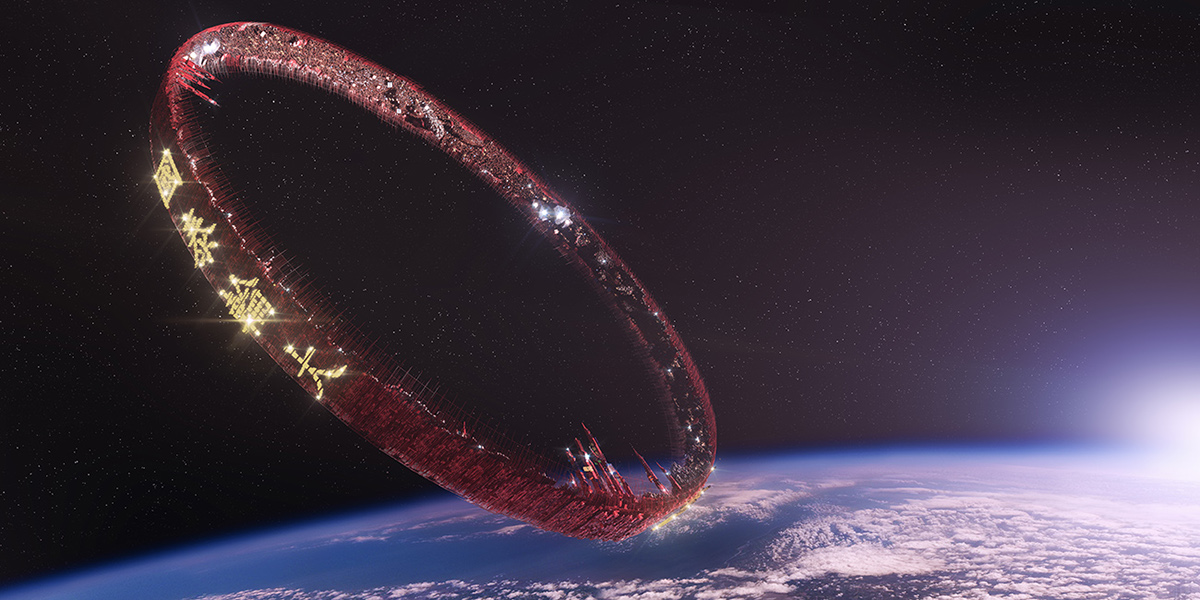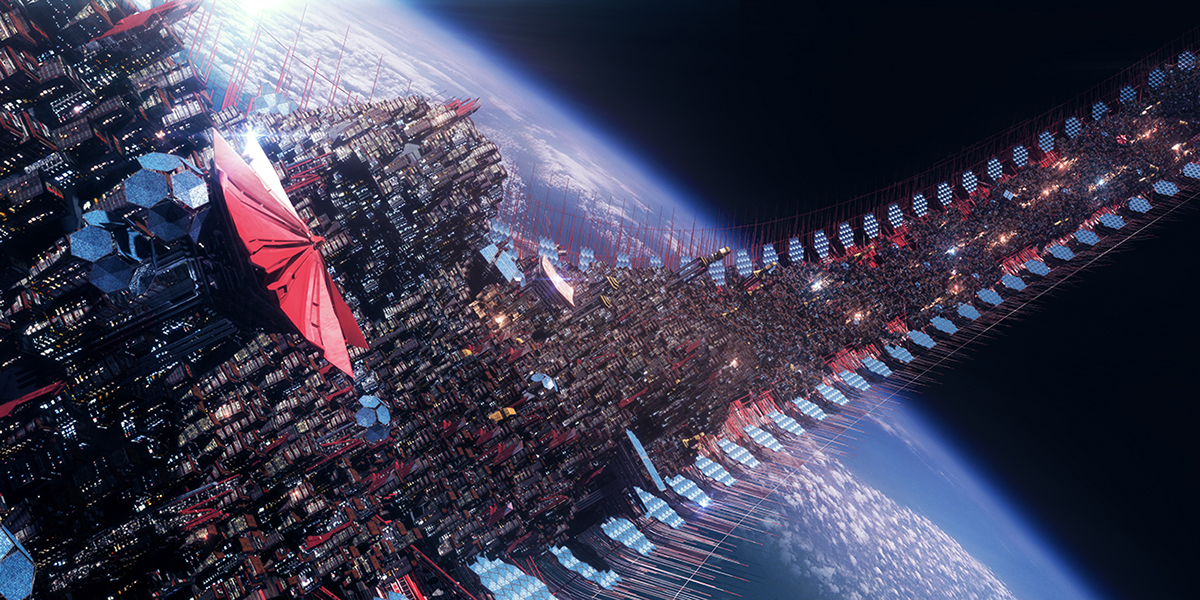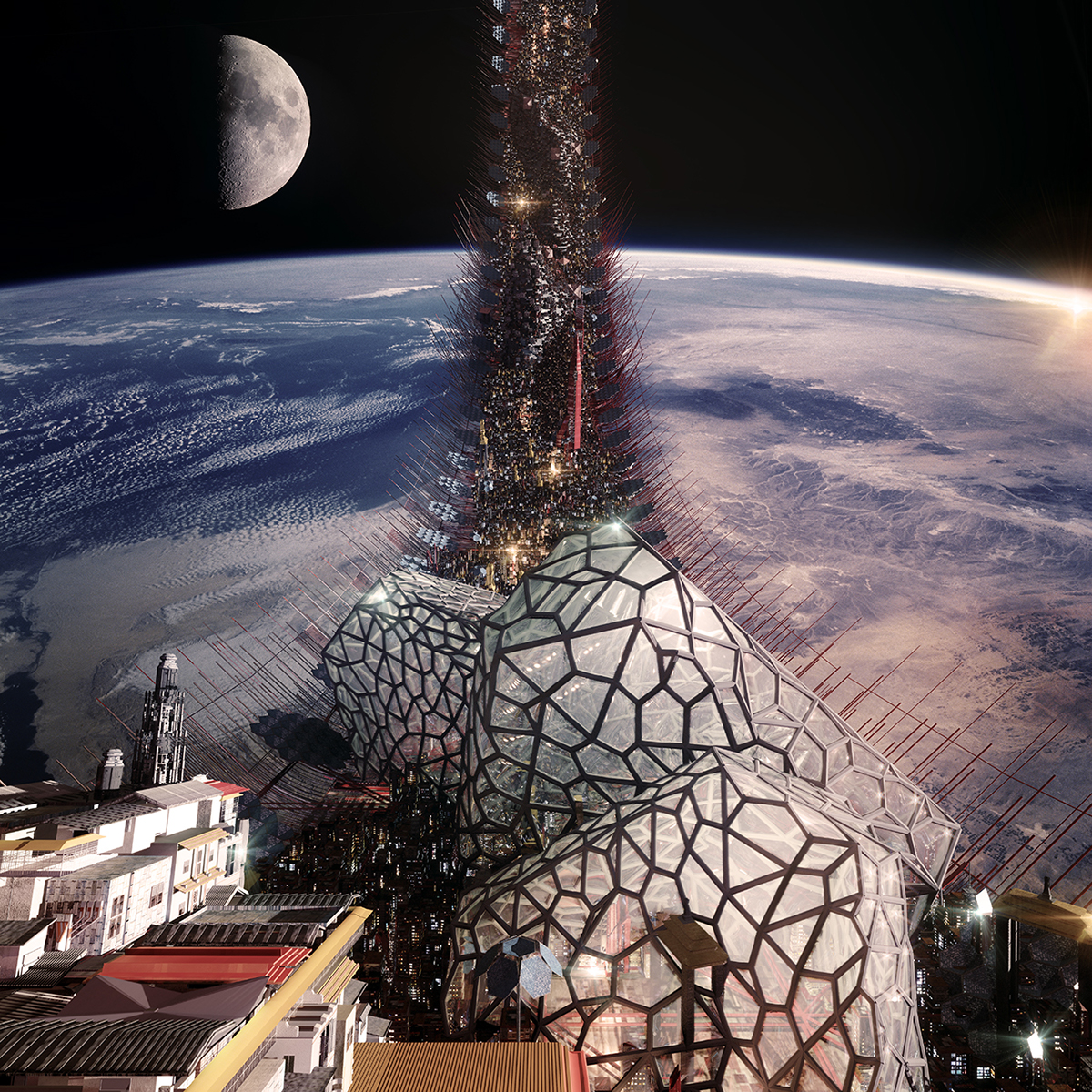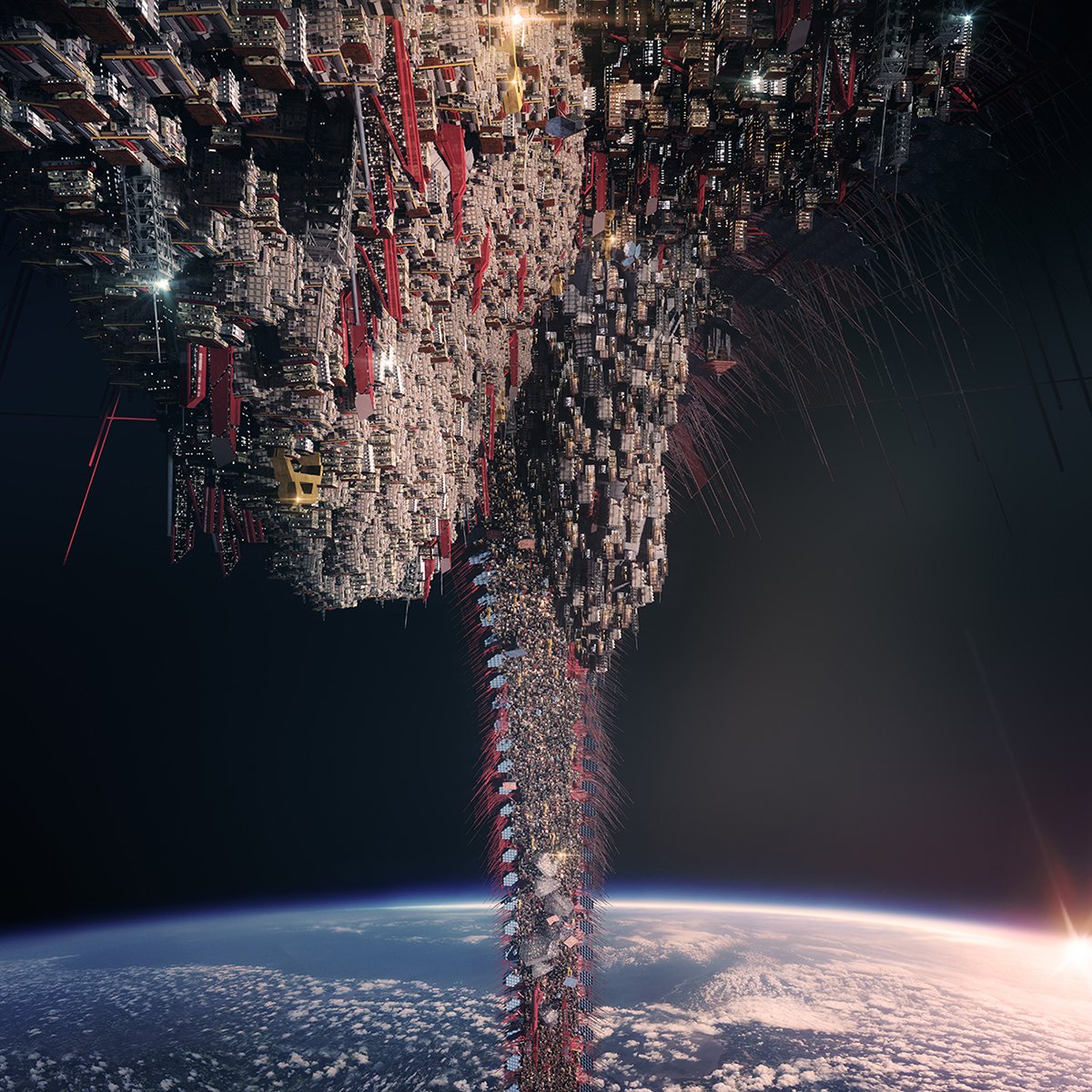Factory Fifteen has created a series of extensive design work and a short proof on concept video for Nu-Humana, for a project currently in development called Xavier.
Go to the project page here: http://www.xavieroftheworld.com/
2557
Five hundred years from now humanity has been banished to vast floating space colonies. The most precious commodity is the air that you breathe and a young graffiti artist named XAVIER literally ignites a one-man revolution, overnight.
By day, Xavier and his crew work as welders at ArkLight Docks – but when the klaxon sounds and the shift is over – these young revellers go on illicit tagging missions and sneak into illegal E-D-M-driven parties – all of which have been outlawed in the puritanical police- state that is the Genesis Space Colony.
When Xavier’s girlfriend, ZOLA, is arrested as a dissident – XAVIER and his pals go on the run, desperate to double-back and save the girl. Still, what Xavier doesn’t realize is that his simple acts of defiance rally all the young people of Genesis... and soon, The Powers that rule his world may well come tumbling down...
By day, Xavier and his crew work as welders at ArkLight Docks – but when the klaxon sounds and the shift is over – these young revellers go on illicit tagging missions and sneak into illegal E-D-M-driven parties – all of which have been outlawed in the puritanical police- state that is the Genesis Space Colony.
When Xavier’s girlfriend, ZOLA, is arrested as a dissident – XAVIER and his pals go on the run, desperate to double-back and save the girl. Still, what Xavier doesn’t realize is that his simple acts of defiance rally all the young people of Genesis... and soon, The Powers that rule his world may well come tumbling down...
Xavier Of The World is created by Chris Abbot, designed and illustrated by Factory Fifteen for Nu-Humana LTD.
Written By: Chris Abbot
Designs & Illustrations: Factory Fifteen
Film Direction / Production / VFX: Factory Fifteen
Starring: Felipe Da Silva
Sound design: Matt Parker
© 2014 NU-HUMANA LTD
THE HIVES
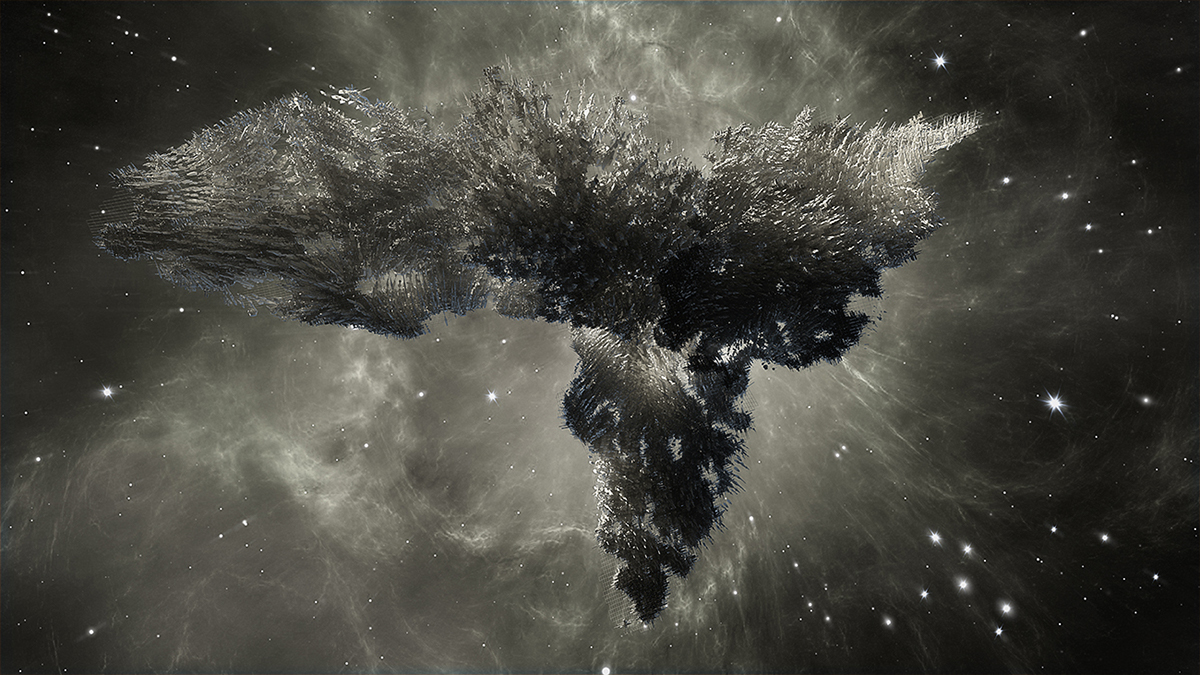
“The Hives is where man now lives, the site of assorted space stations, housing projects, assembly lines and factories, mining works and refining plants, chemical platforms and hangars.”
The Hives takes inspiration from both the very large and the very small. Both natural and man-made structures were used as reference to create something which had a swarming master-plan, but a very controlled architectural detail.
The Hives also had to look as if it had been built over generations so a varied aesthetic was desired while keeping its sprawling formation. In the natural world, bee hives, nests, ant farms and centipedes were all referenced and considered at design stage. Architecturally, the density of Andreas Gursky’s city photographs, Habitat 67, The Clusters In The Air and many others gave a good reference to the different scales we needed to design The Hives.
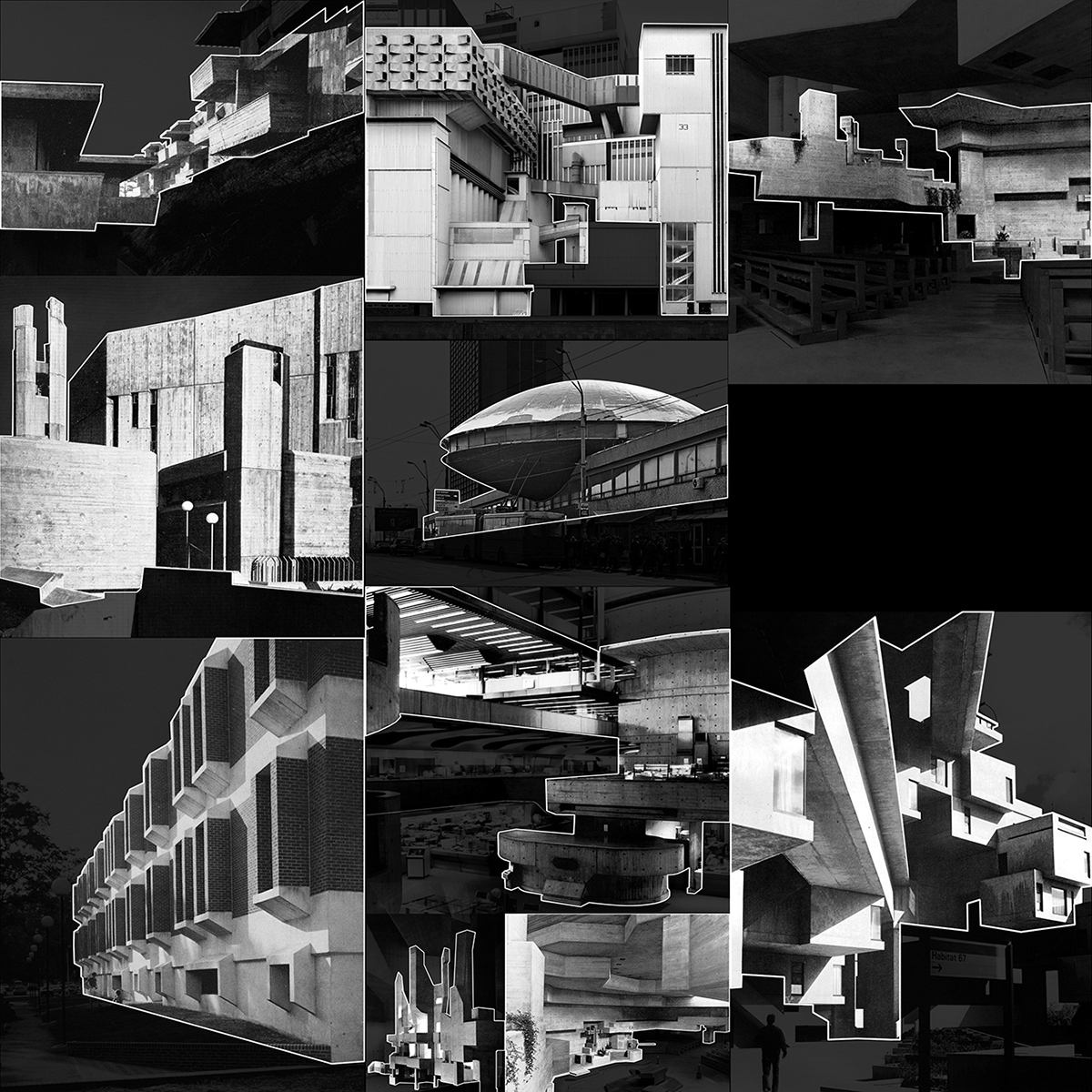
Brutalist architecture was a huge source of inspiration when designing The Hives with its stylistic, as well as modernist, functional and low cost properties being a fitting match to the totalitarian sensibilities of the minds behind The Hives. Another benefit was that the large blocky surfaces of Brutalist architecture has a great sense of non-scale. The forms could literally be kilometres long and the eye would accept it.

The Hives, concept sketch
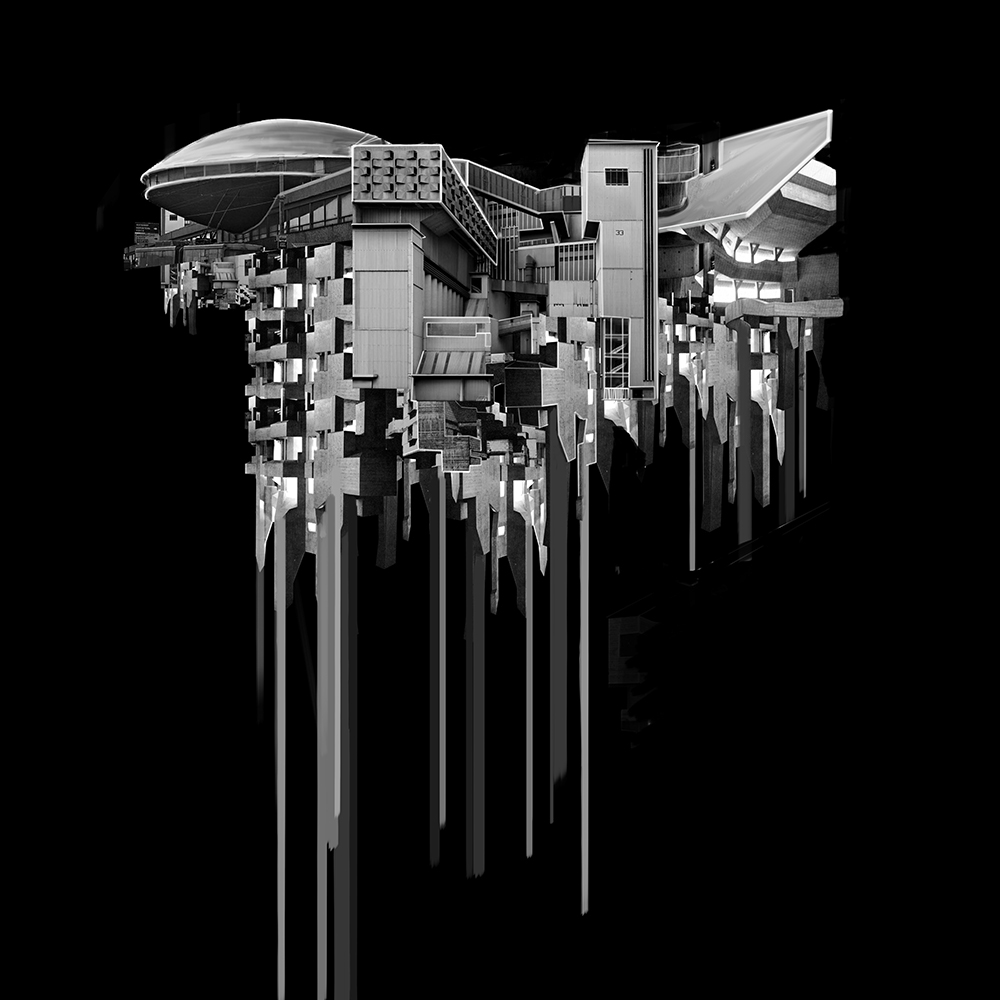
The Hives, concept sketch (detail)
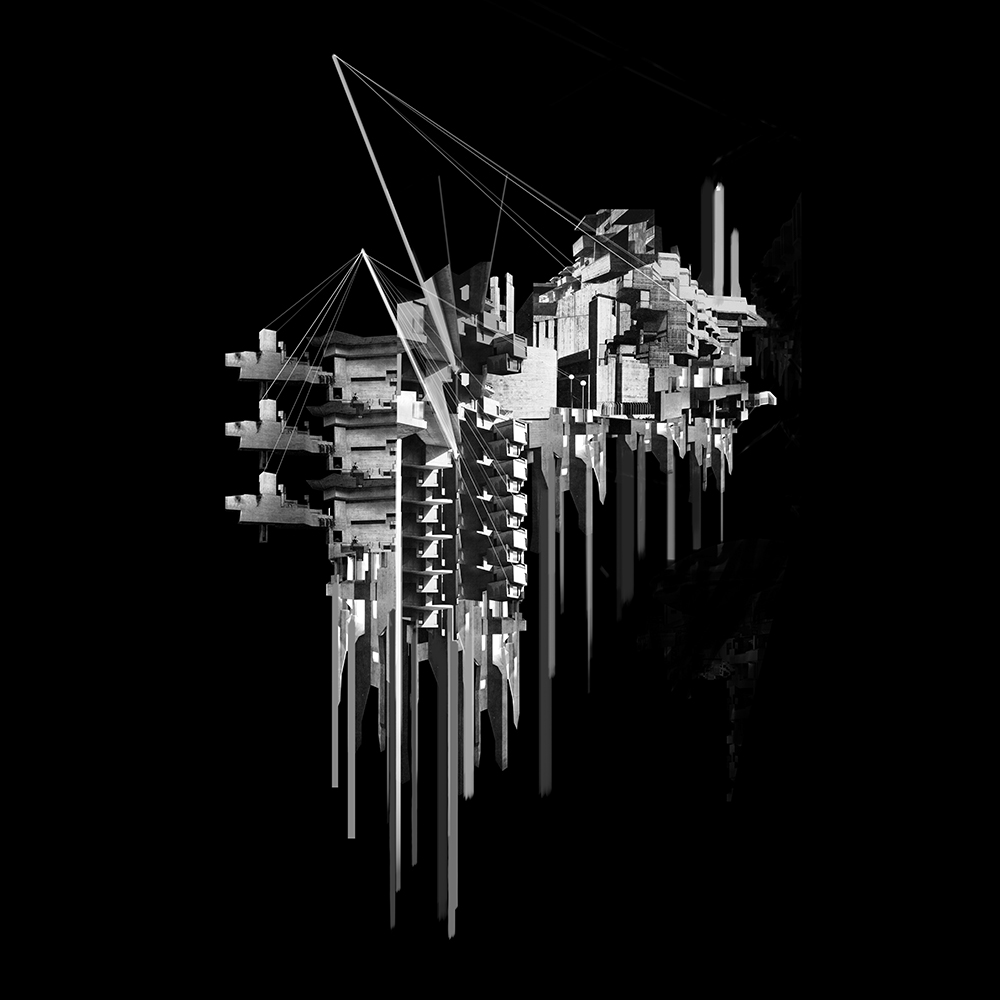
The Hives, concept sketch (detail)
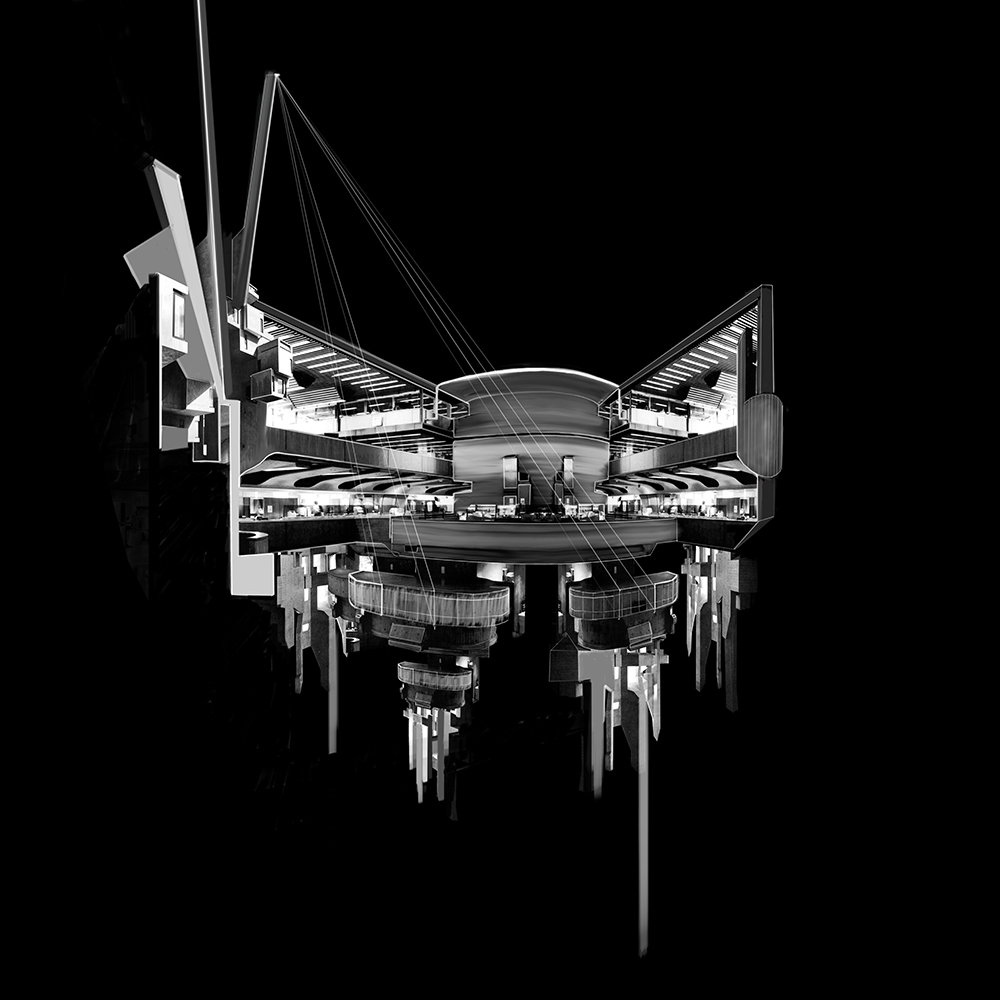
The Hives, concept sketch (detail)

The Hives, concept sketch (detail)
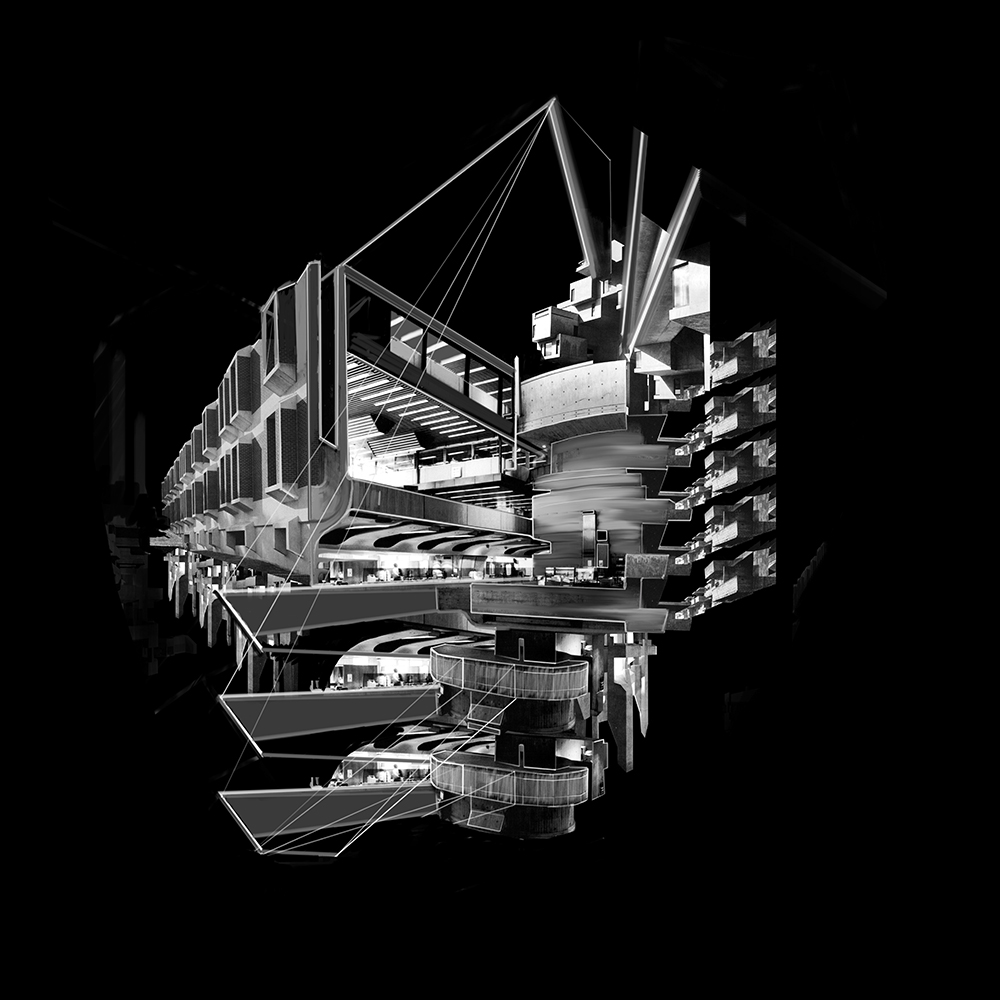
The Hives, concept sketch (detail)
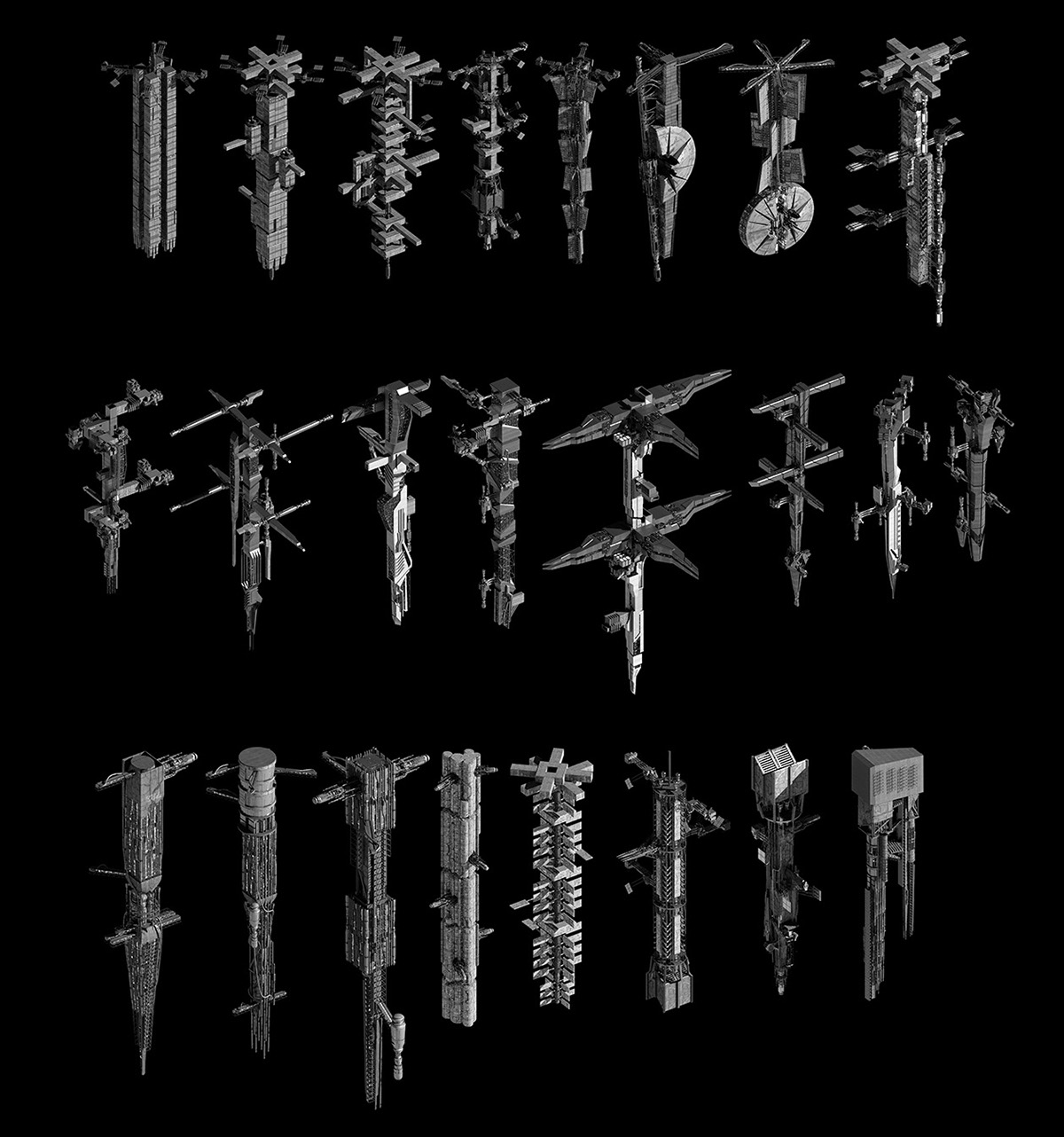
The Hives, model components
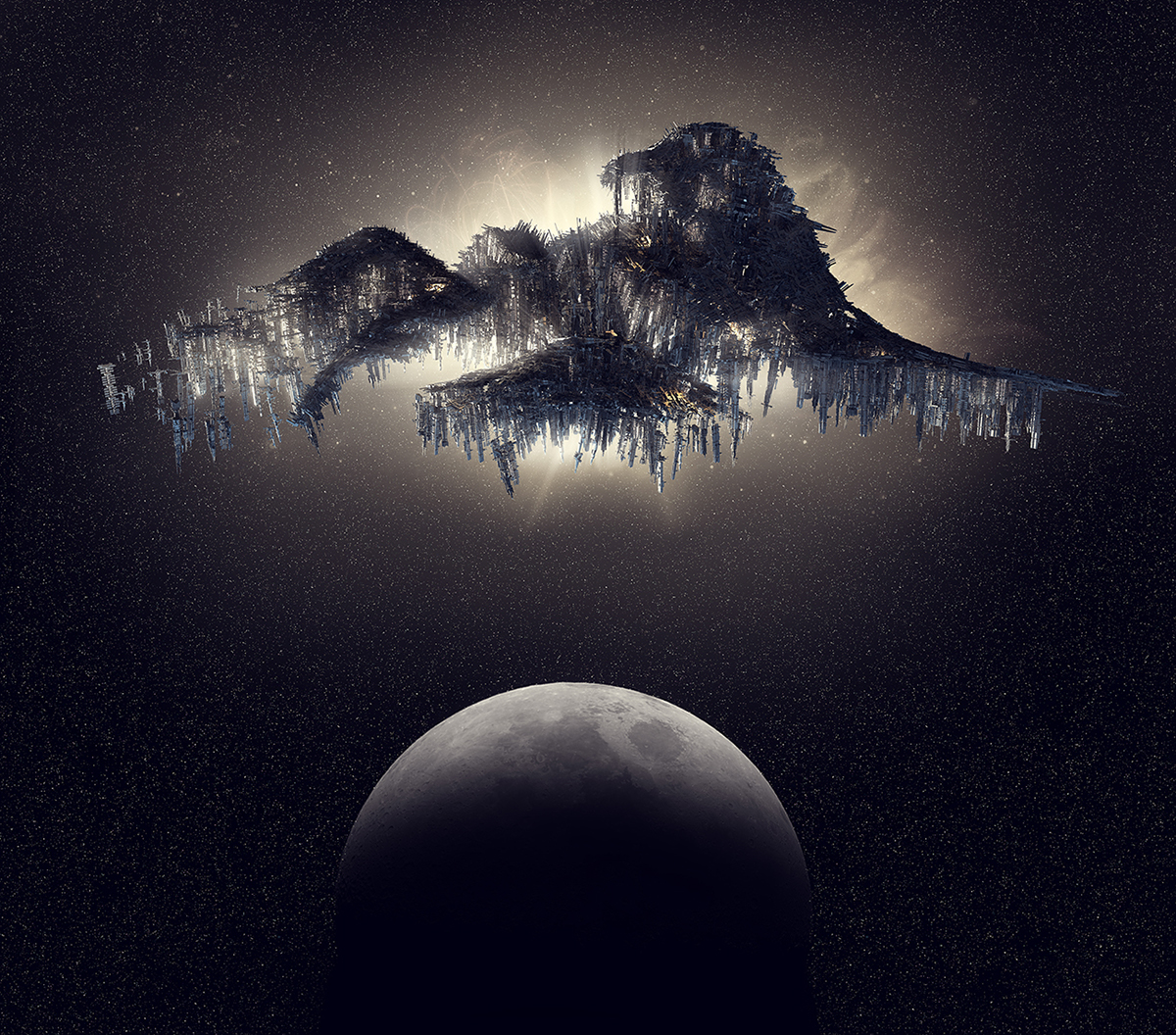
In this image we see the first hint at the vastness of The Hives, towering over the moon. The exact size of The Hives hasn’t
been recorded but its last estimate sets it at around 20,000km in diameter, or around the size of continental Europe.
been recorded but its last estimate sets it at around 20,000km in diameter, or around the size of continental Europe.

There is no better view than the top of The Hives to see the cracks in its shell’s surface. Light bleeds out of the wounds from The Hives where either explosions, asteroid hits or reconstruction has occurred.
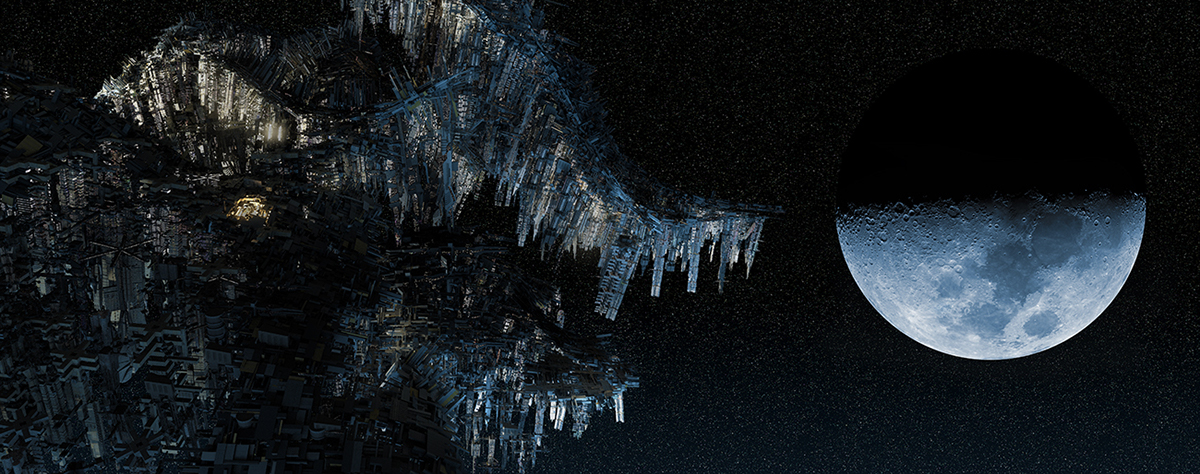
Under-lit from the earth and sun, The Hives becomes a scary looking mass of metal, its buildings resembling metallic teeth.
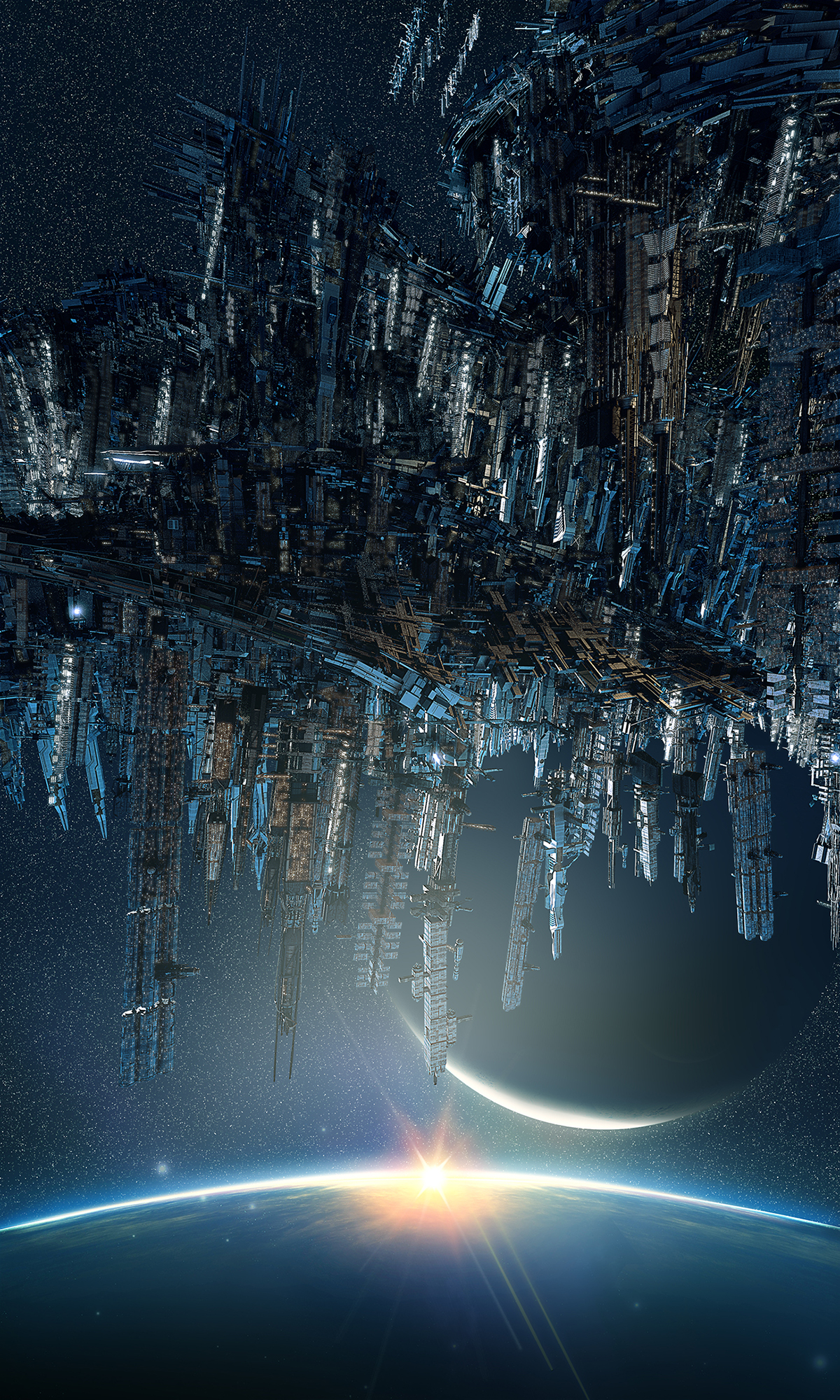
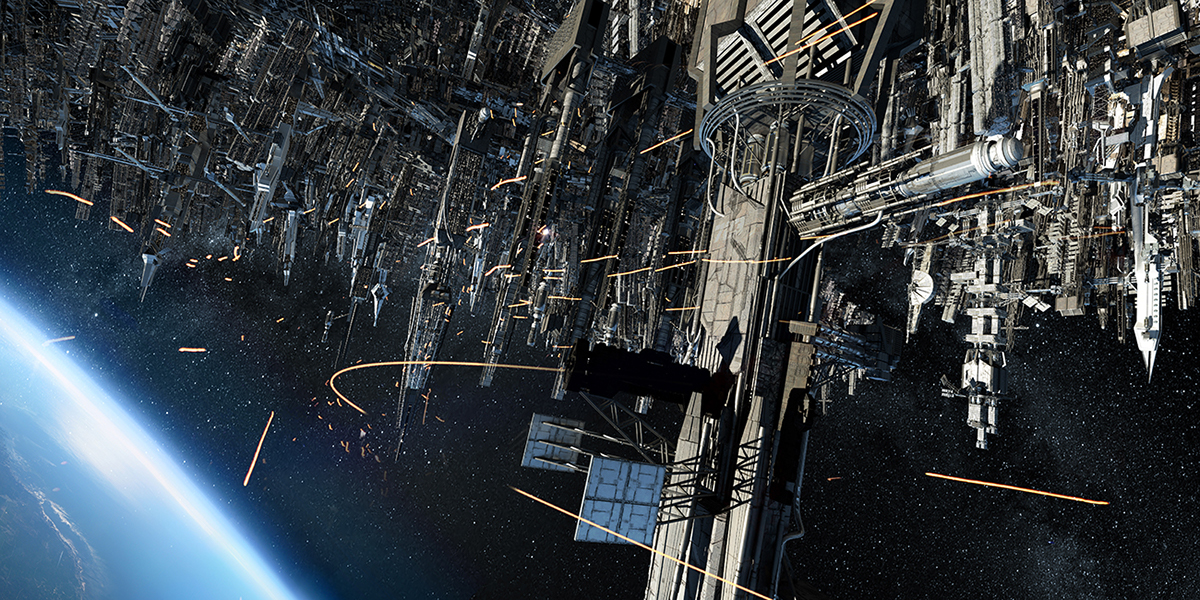
The Hives, still from film
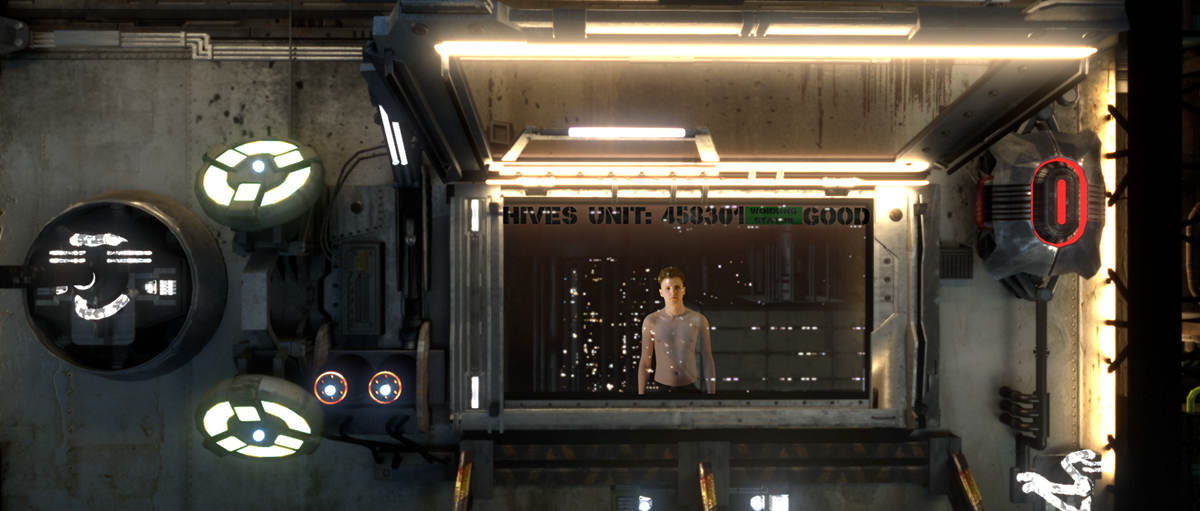
The Hives, still from film
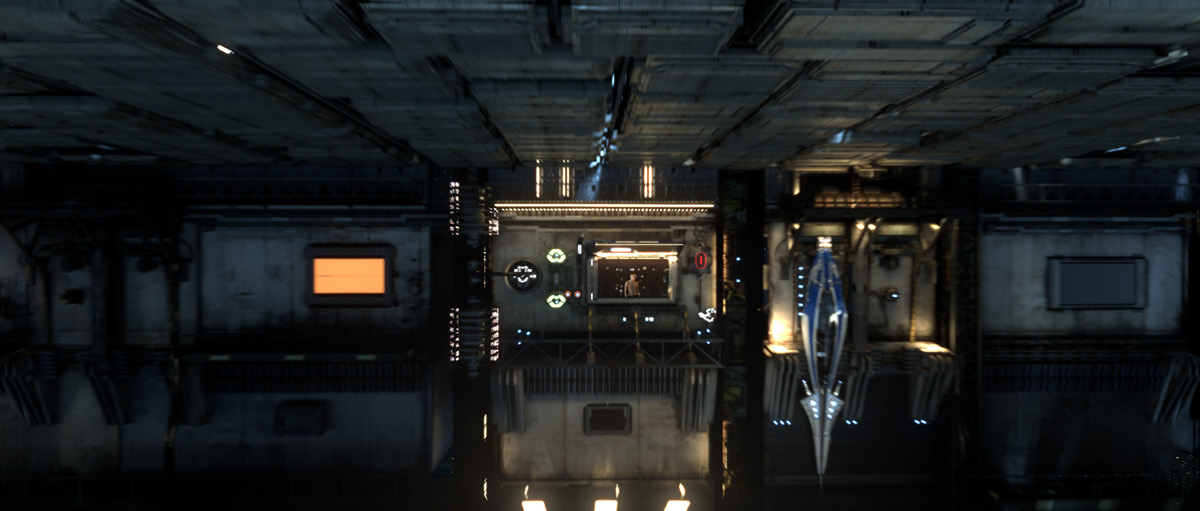
The Hives, still from film
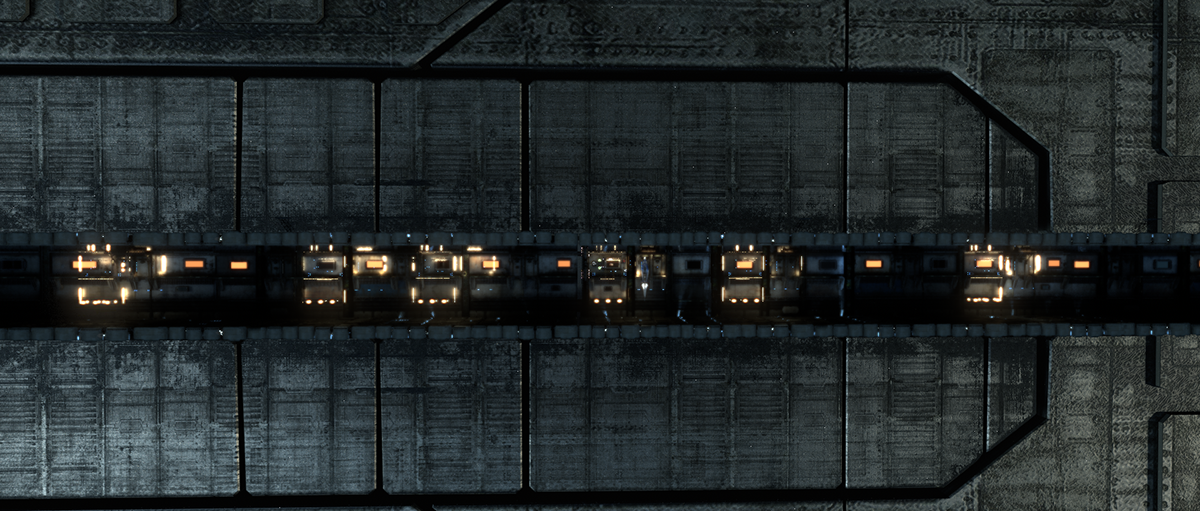
The Hives, still from film
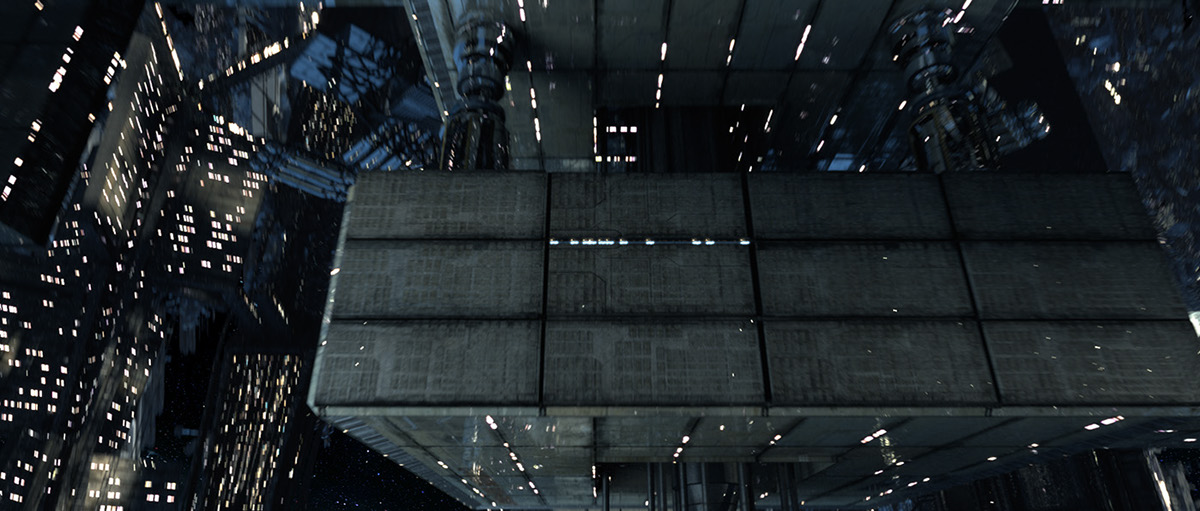
The Hives, still from film
AQUA TERRA
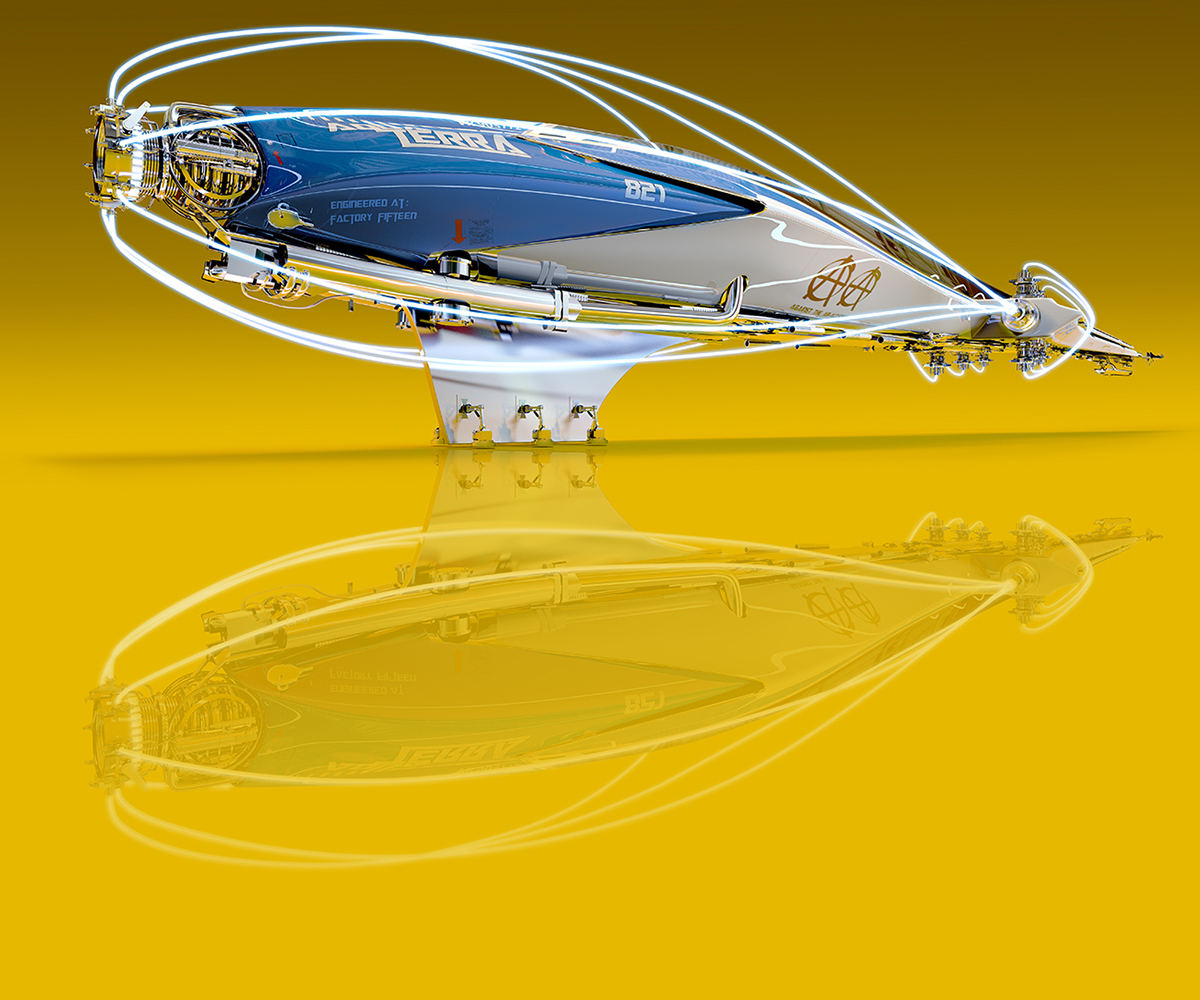
“The cockpit has two flush seats with a third center seat for guests, it contains the latest in celestial avionics and astral navigation equipment, holographic and touch screen controls, sensor implant technology and a
kick-ass BomBaras sound system…it is a beast.”
kick-ass BomBaras sound system…it is a beast.”
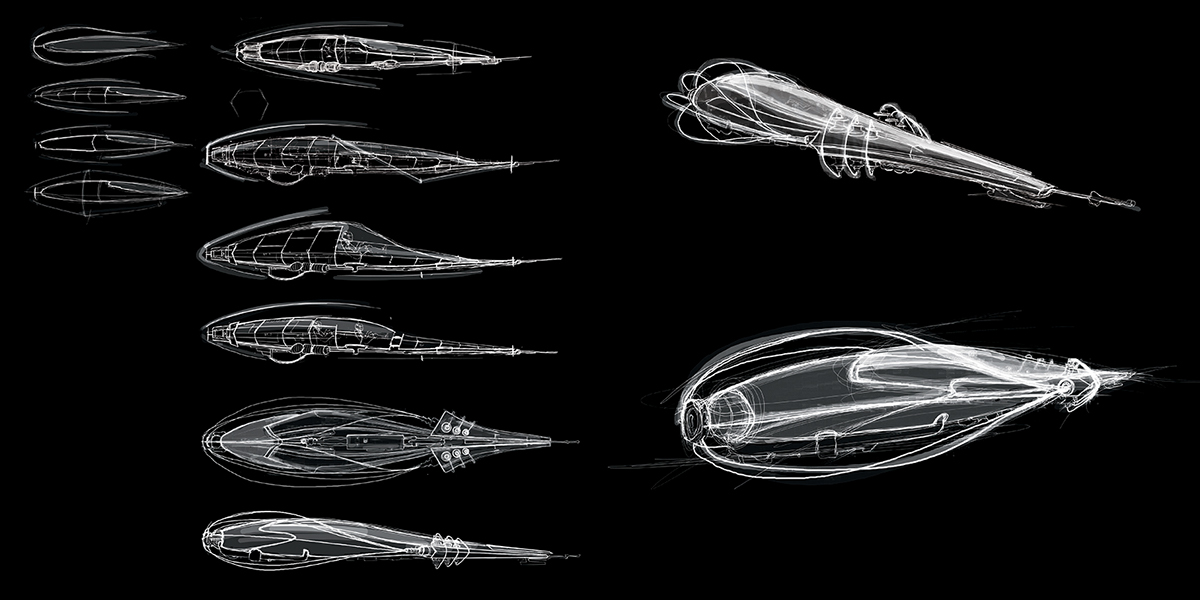
Several iterations were sketched out before the concept was realised. A flowing sleek form surrounded by electromagnetic curved cables and modified underbelly were strong characteristics which were kept for the final design. The fact that the Aqua Terra is essentially a giant spray can had to also be considered, with the final result resembling somewhat of a tattoo pen combined with a cooking whisk.
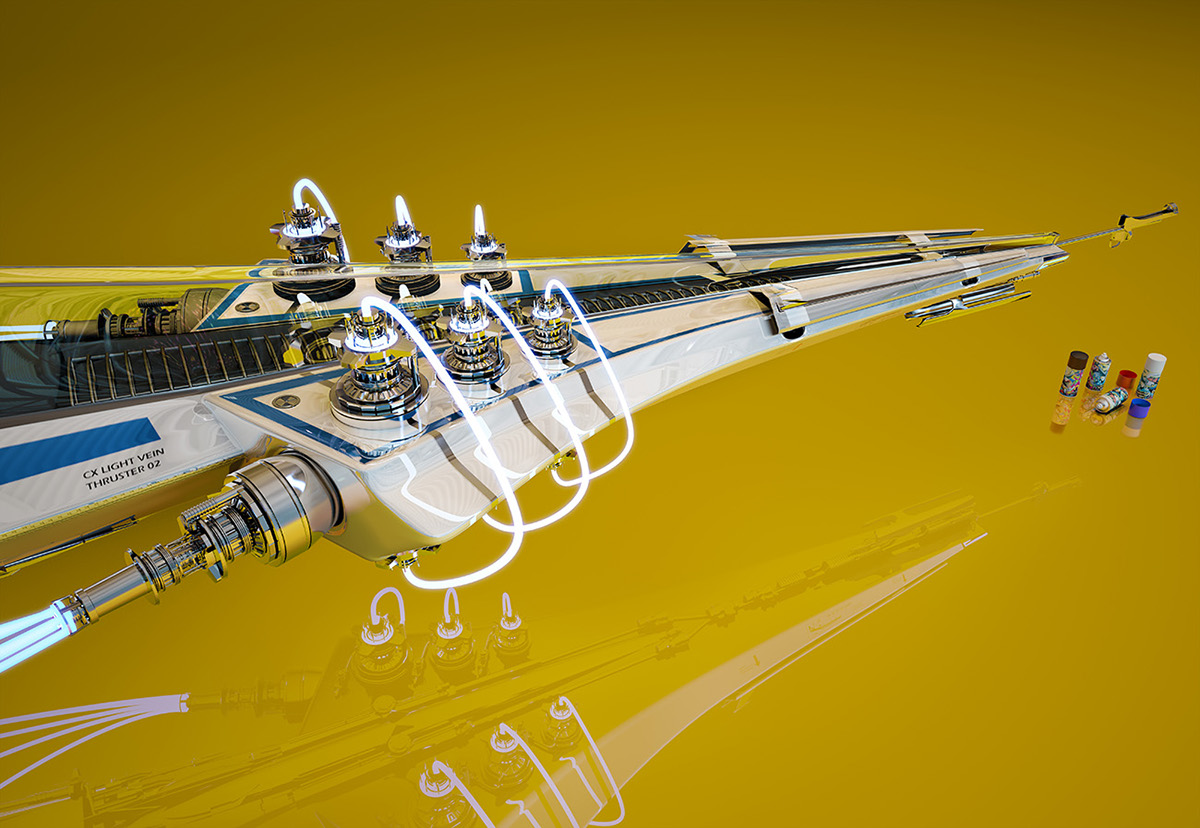
Xavier’s modified spray nozzle on the Aqua Terra is used to spray his dreams and vision of Earth onto the cold metal facades of The Hives. The nozzle is retractable so he doesn’t get caught with ‘his gun in his hand’.


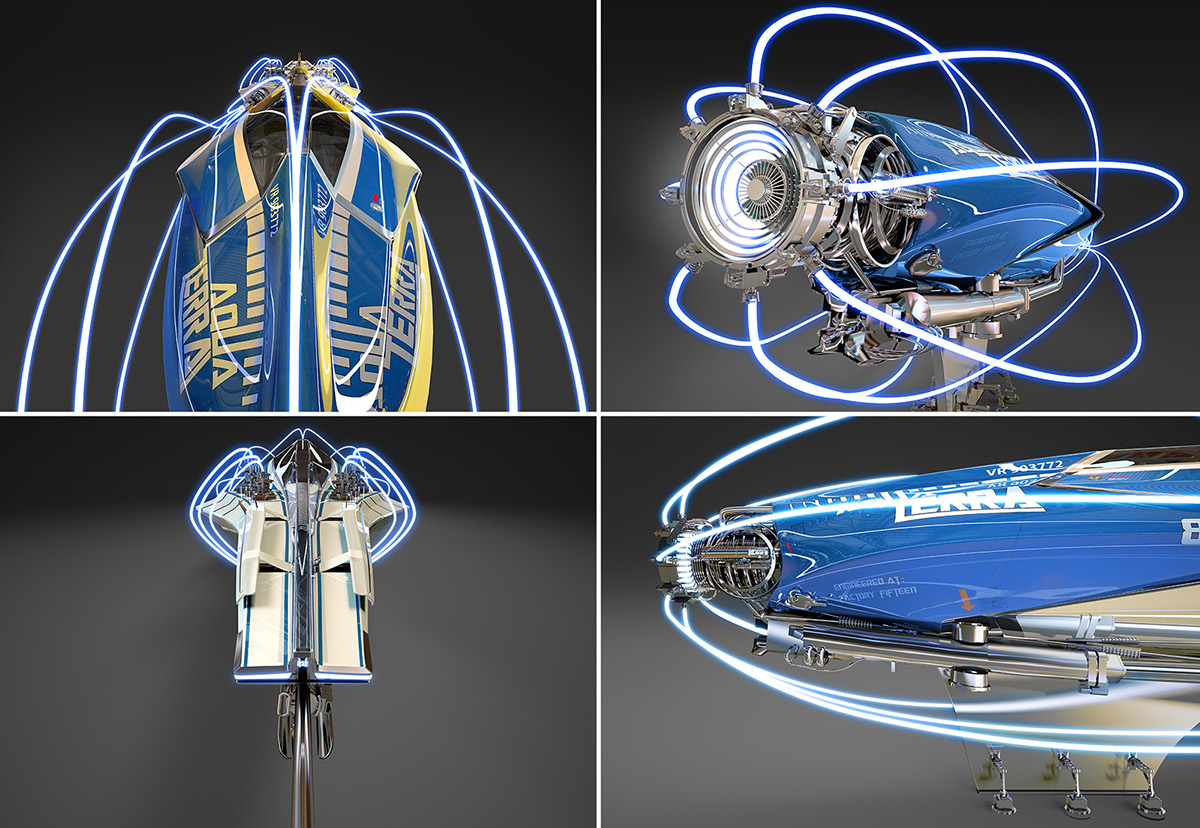
Xavier has modified Aqua Terra with love. Not only has the engine been modified but he has had a custom paint job and an elaborate spray nozzle system fitted.
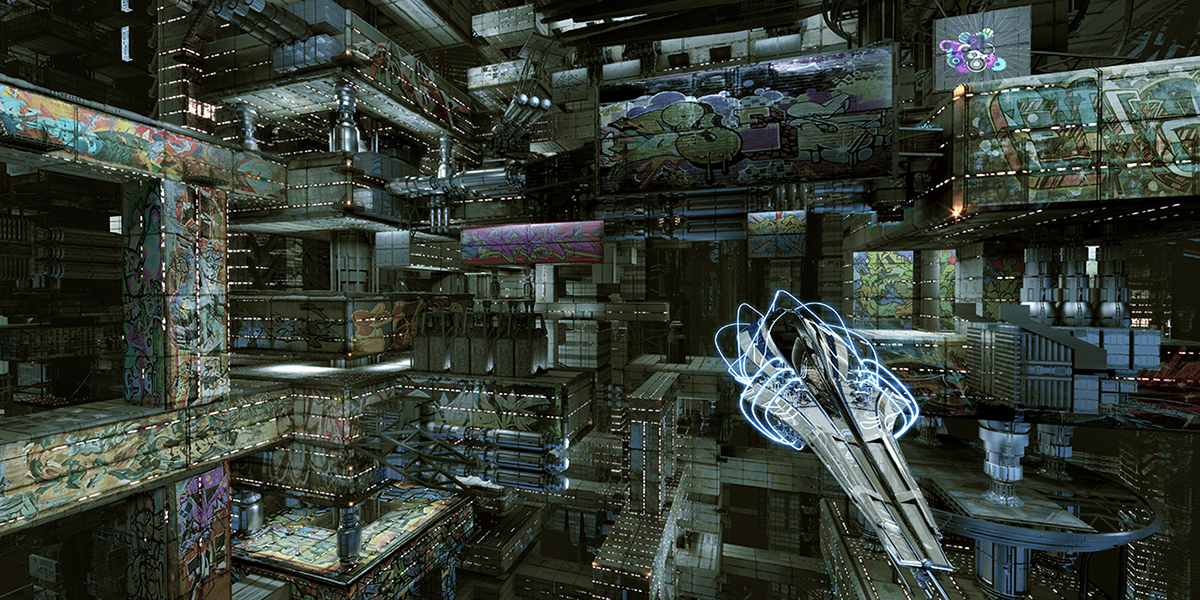
Xavier lives in one of the oldest quadrants within The Hives. Xavier and other like-minded system loathing residents have taken it upon themselves to coat their home in tags and graffiti to make it their own.


The interior of the Aqua Terra is a complex system of touch screens for the ships navigation and communication systems.
Xavier has customised the inside of the Aqua Terra so that he and he along can pilot the craft. Above is a sketch of the interior and on the right hand page is the final impression within Debris.
Xavier has customised the inside of the Aqua Terra so that he and he along can pilot the craft. Above is a sketch of the interior and on the right hand page is the final impression within Debris.


Aqua Terra, still from film

The Hives, still from film
THE SPACE ELEVATOR
“The platform and reception areas are huge. Held in geostationary orbit, they comprise of a large rotating reception area, docks and bays for craft to load and unload, together with water tanks that are stored for distribution. It is a cluster of solar panels, communication dishes, cranes, pipes, booms and towers, as well as a plentitude of platforms jutting in all directions.
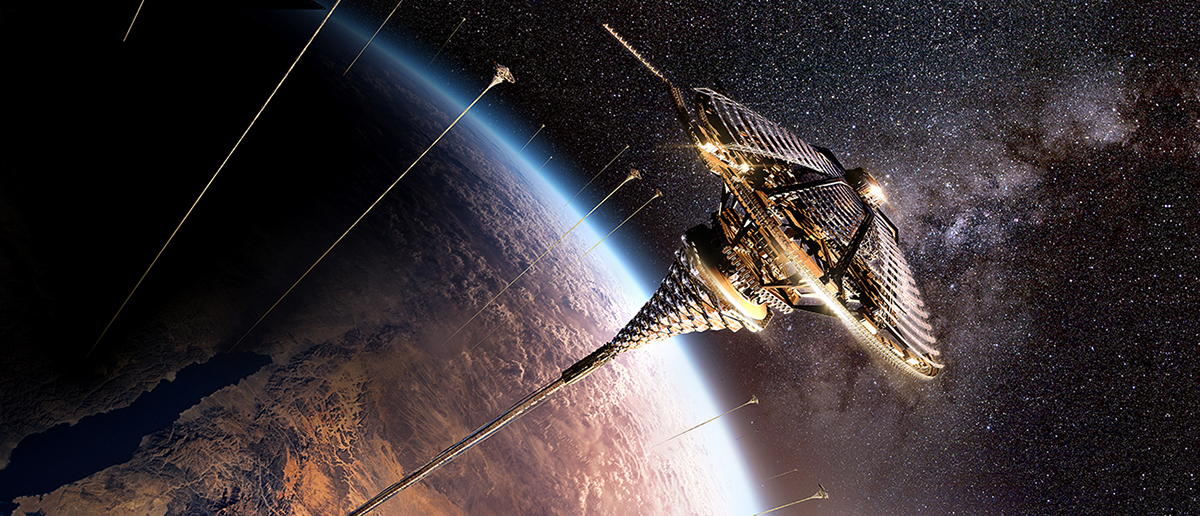

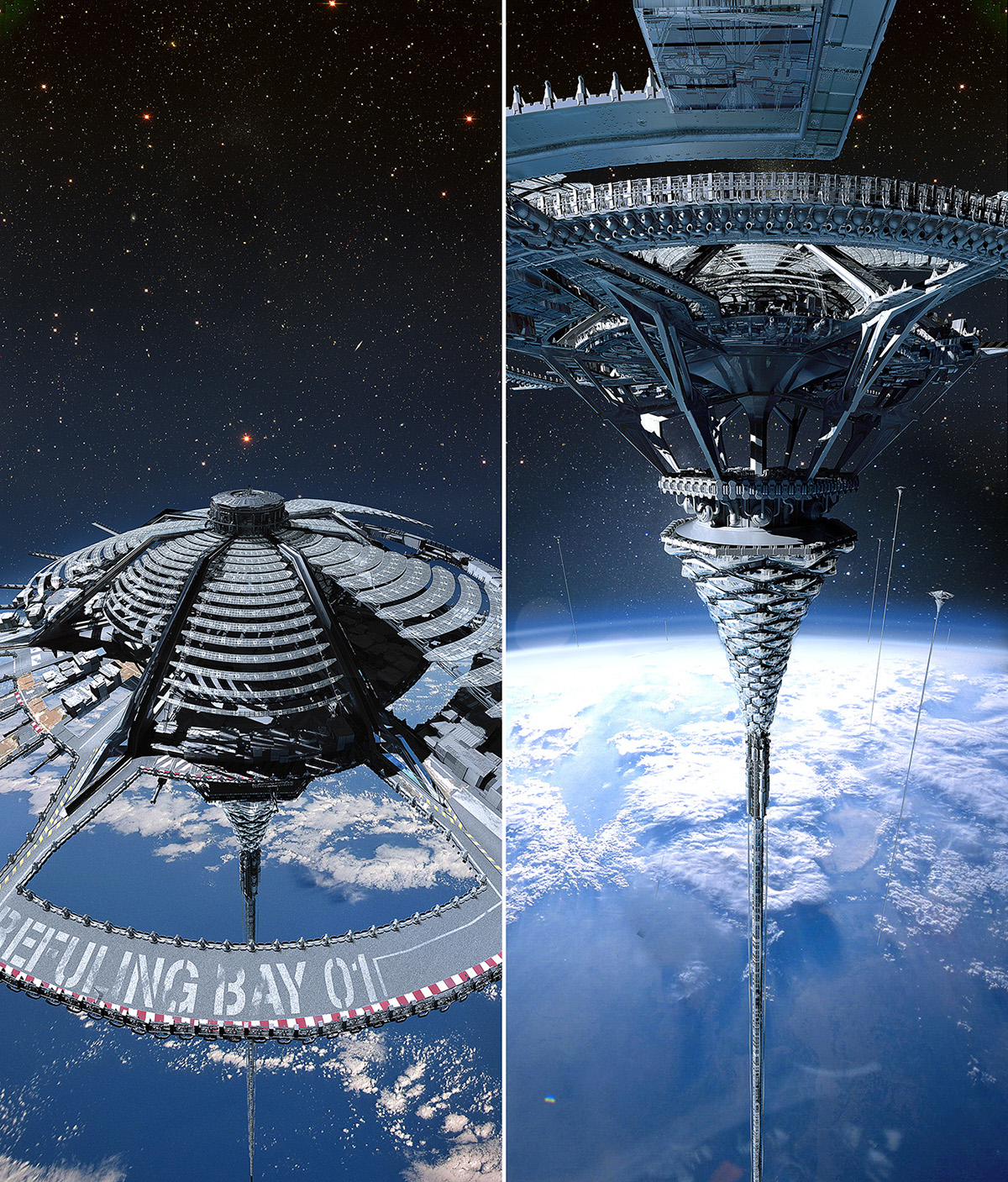



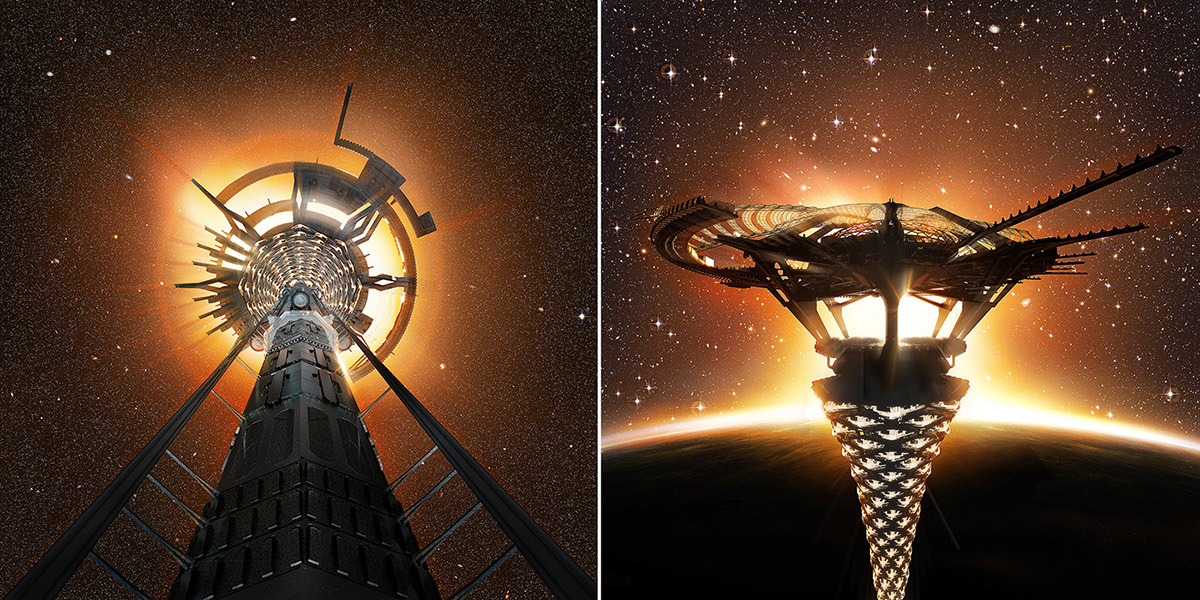
THE ARKS
“These craft, awesome in size and reminiscent of great leviathans, were known as Generation Ships. Families would enter these craft knowing they would take the journey of a lifetime, never to return. It could take fifteen or more generations to find a possible planet or moon to inhabit and colonize.”
“These craft, awesome in size and reminiscent of great leviathans, were known as Generation Ships. Families would enter these craft knowing they would take the journey of a lifetime, never to return. It could take fifteen or more generations to find a possible planet or moon to inhabit and colonize.”
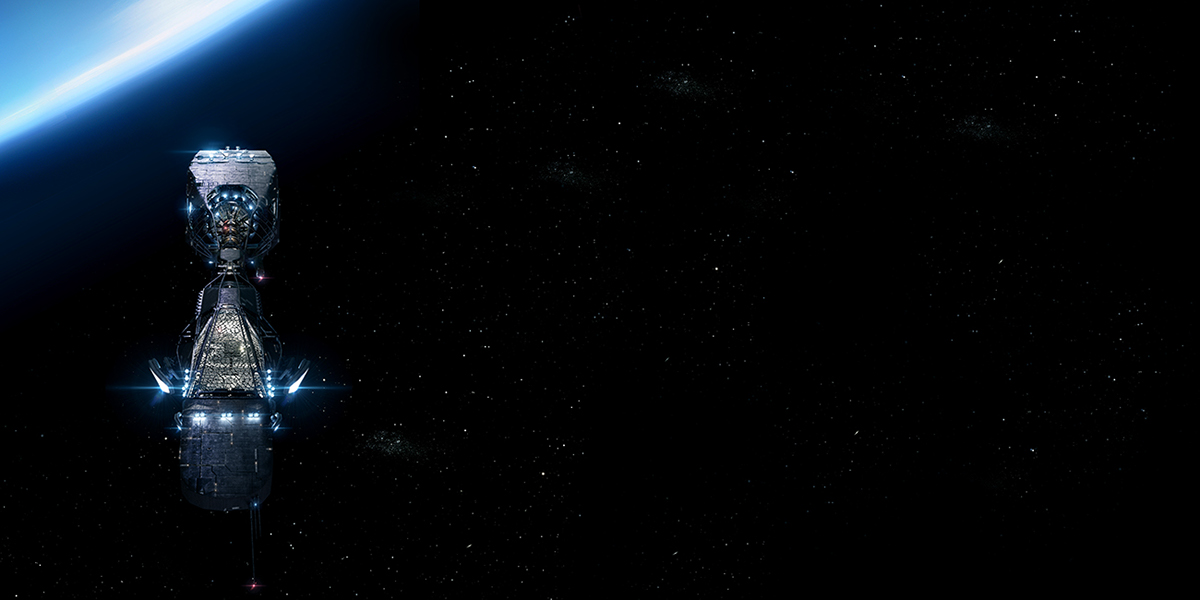
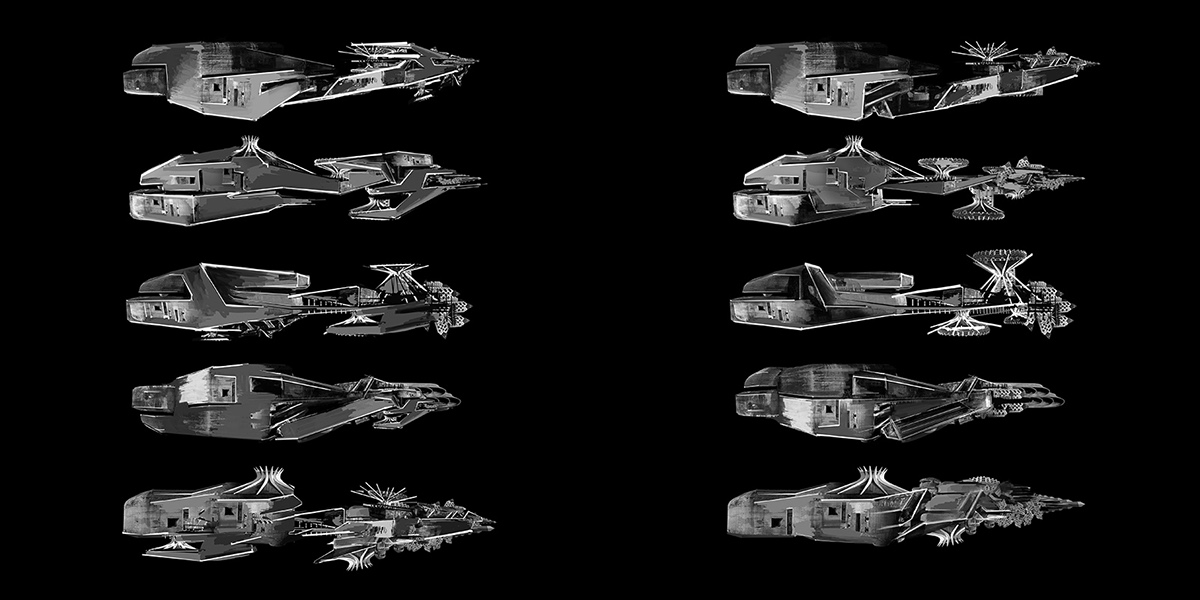



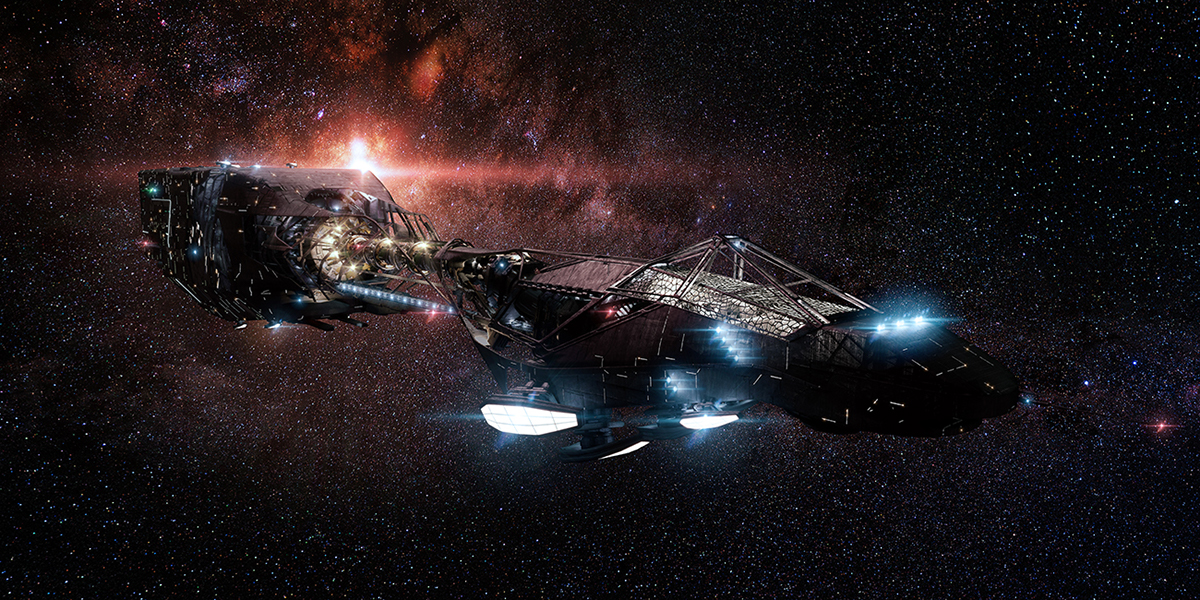
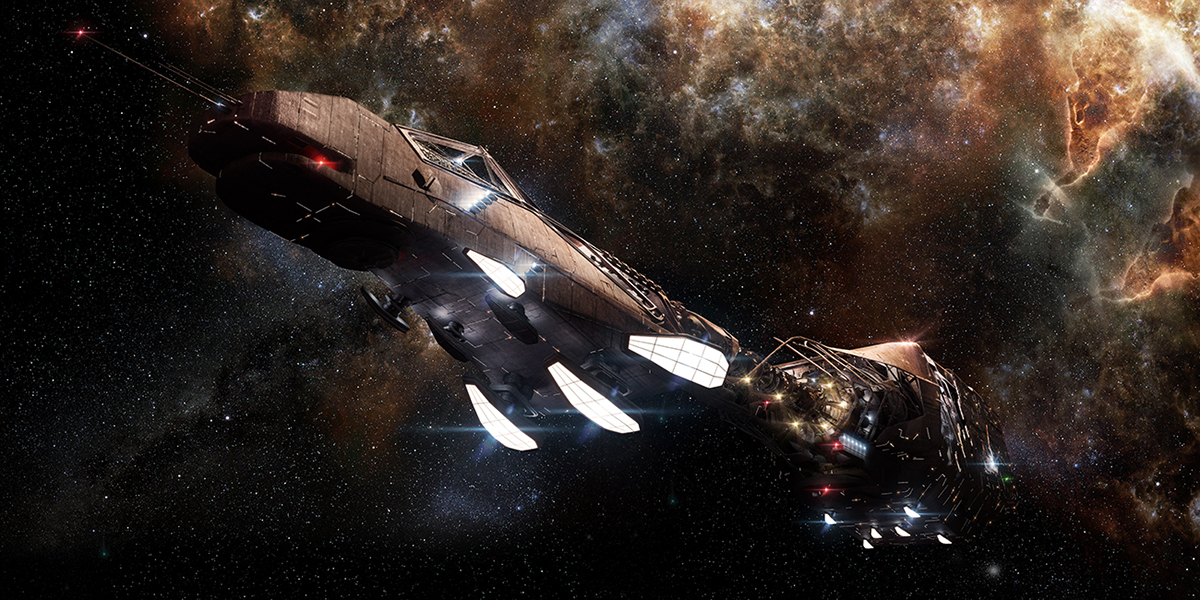
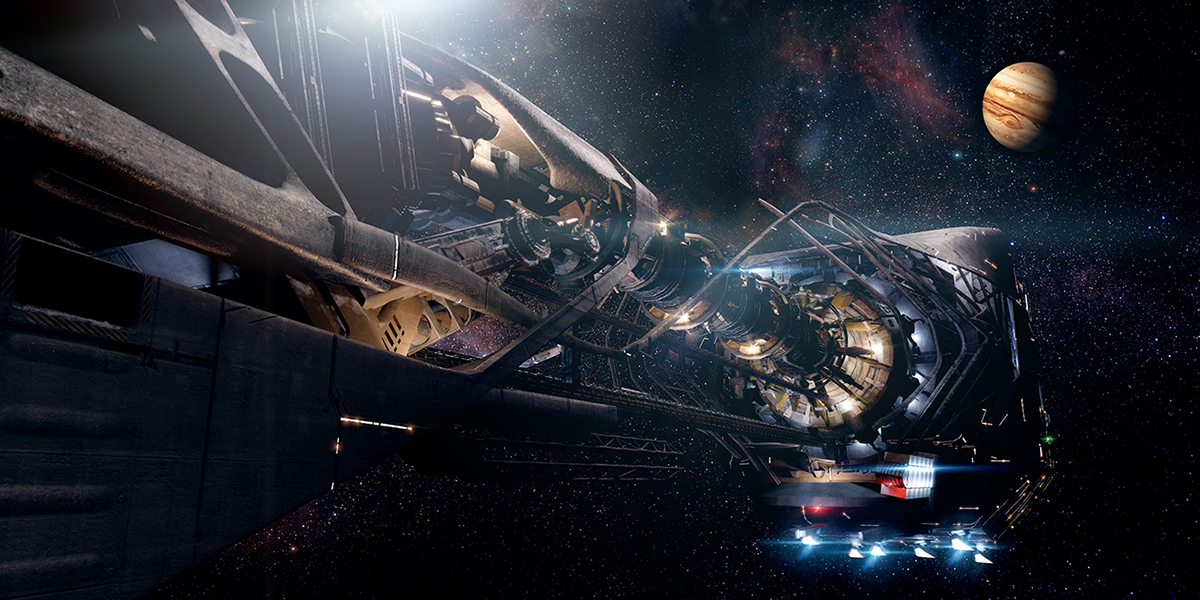
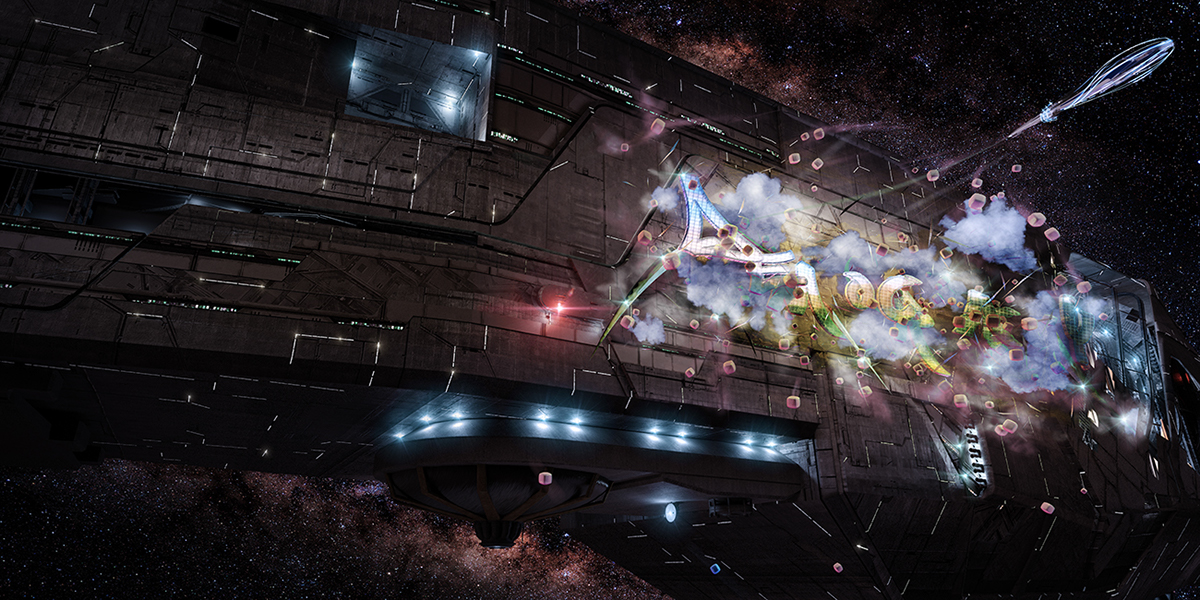
DEBRIS
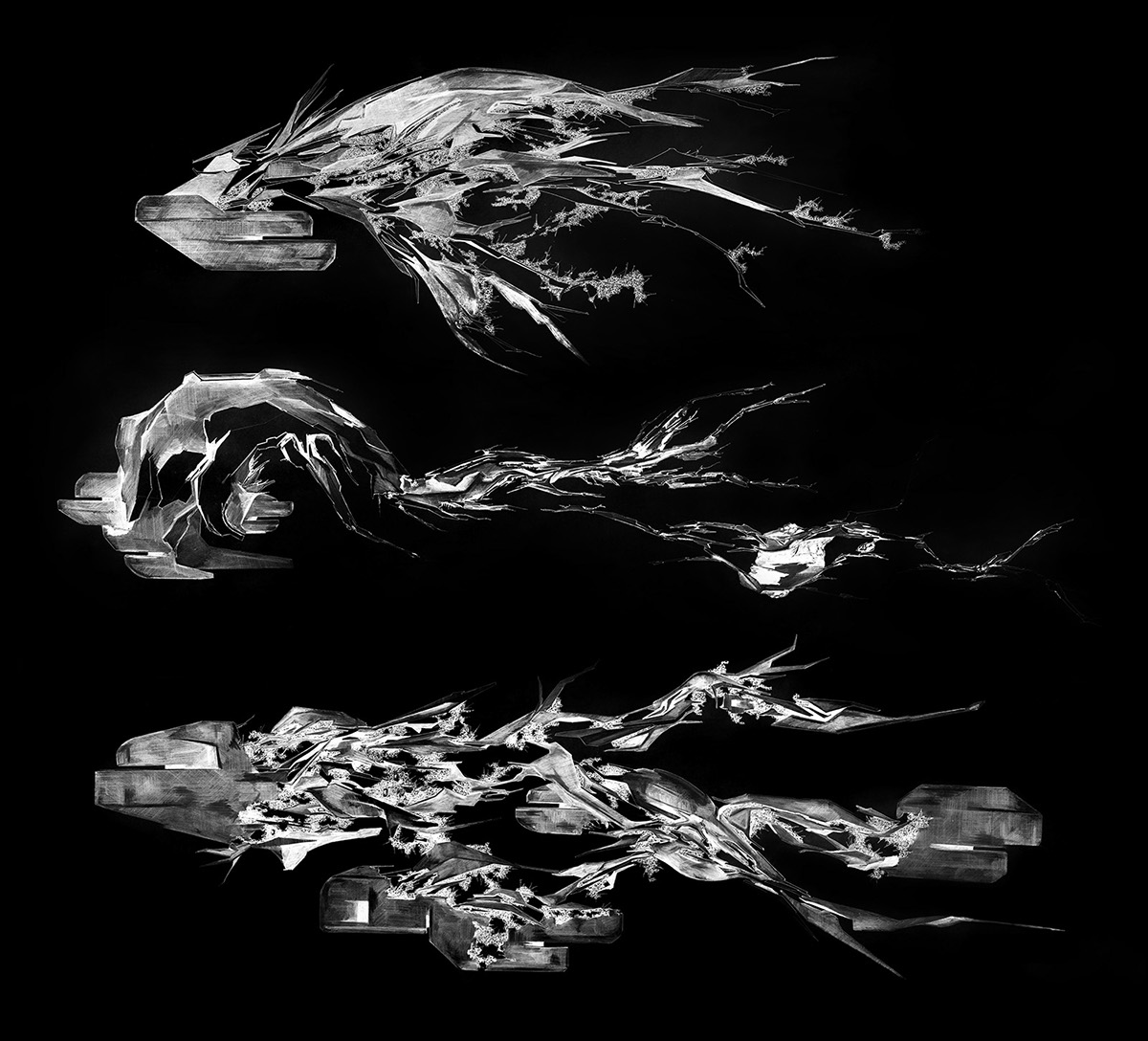

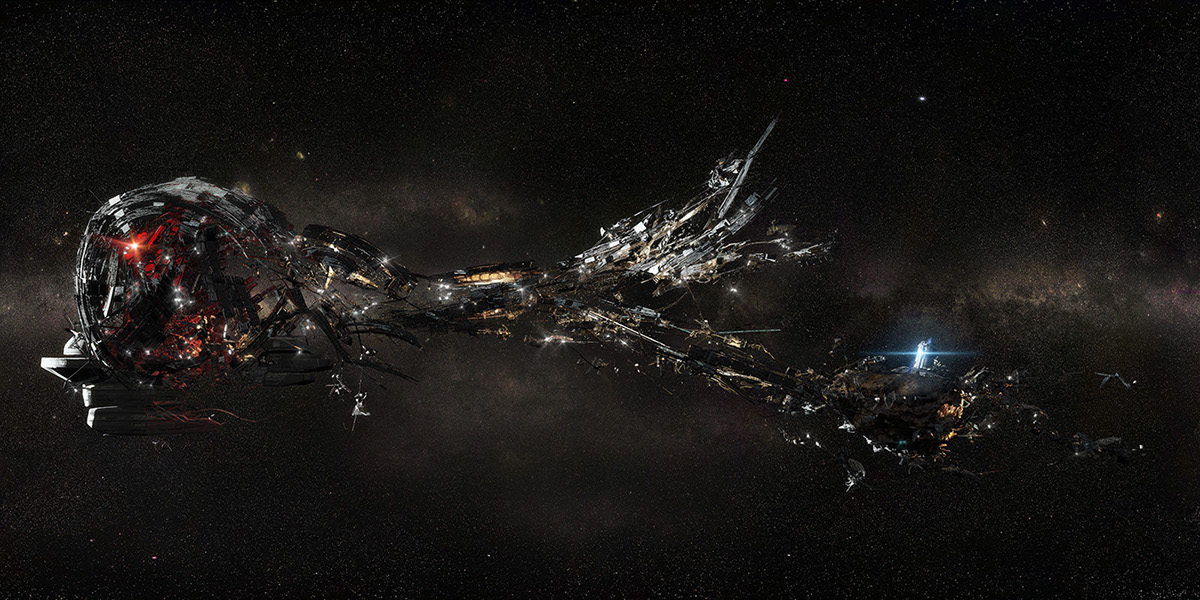
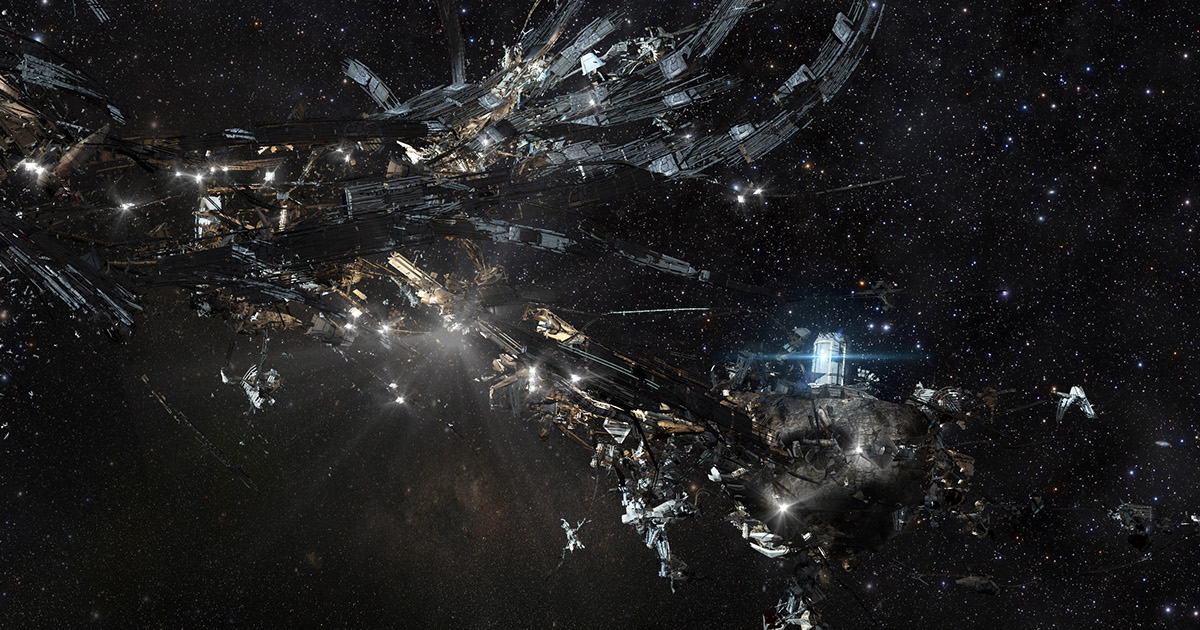
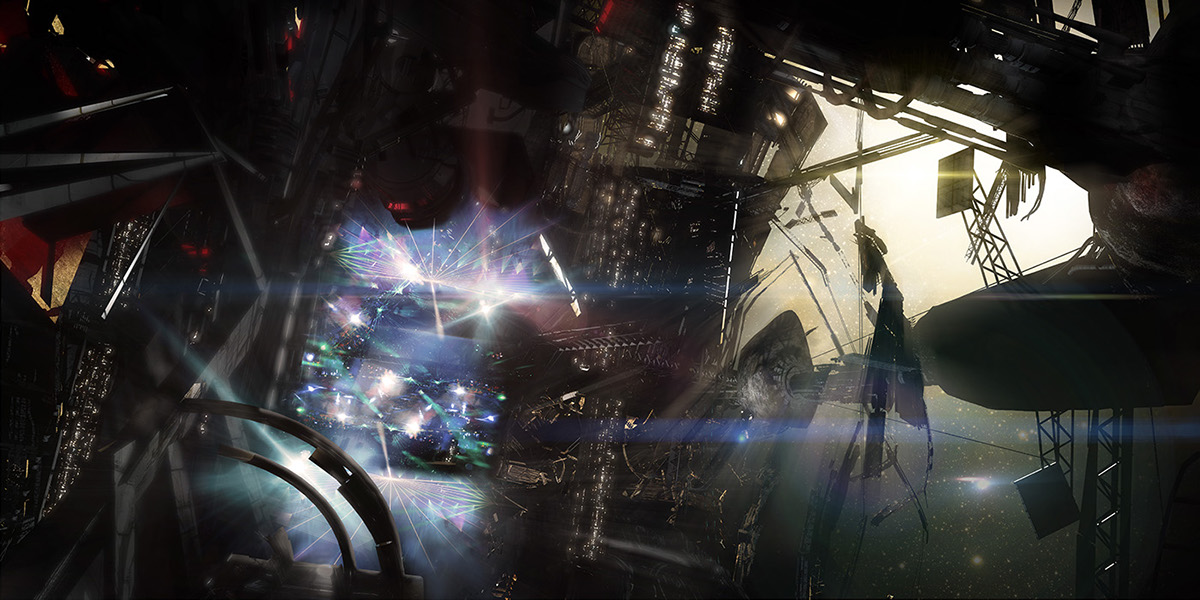
THE GREAT CATHAY WHEEL

